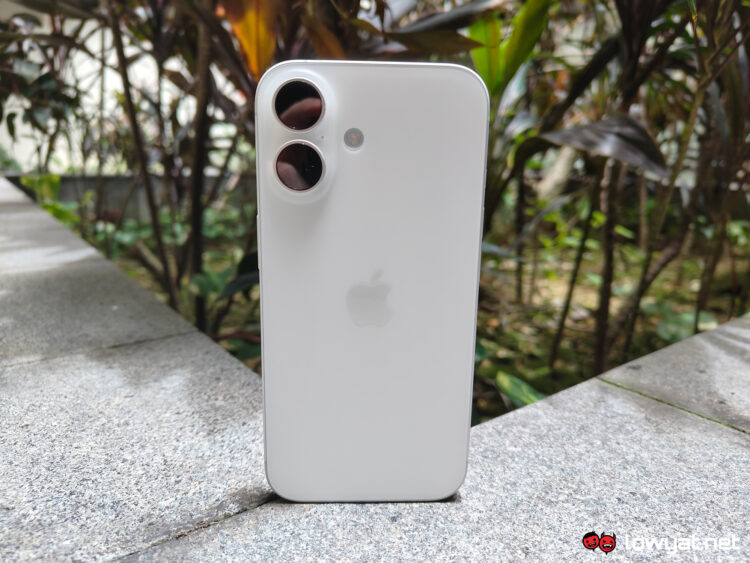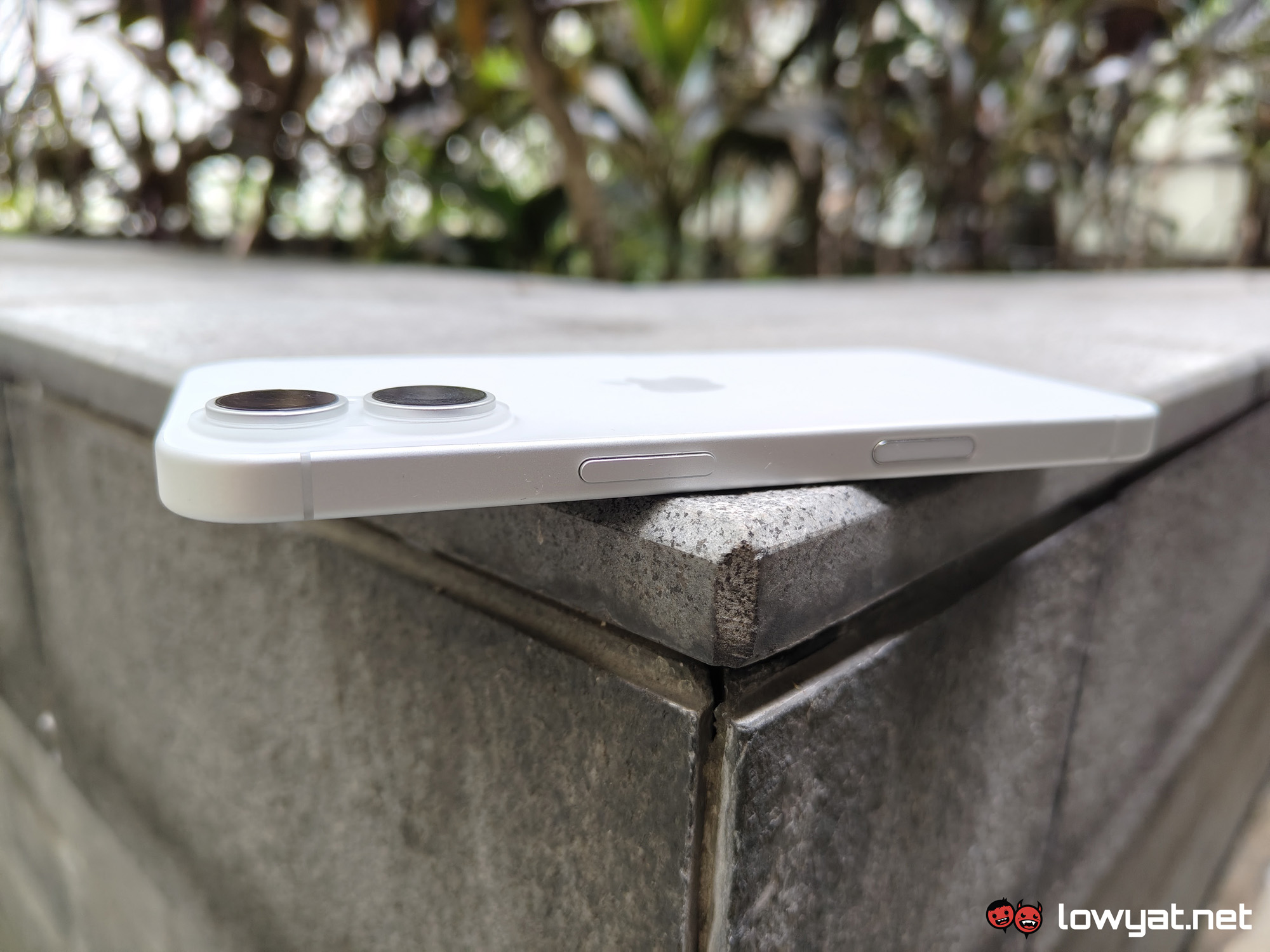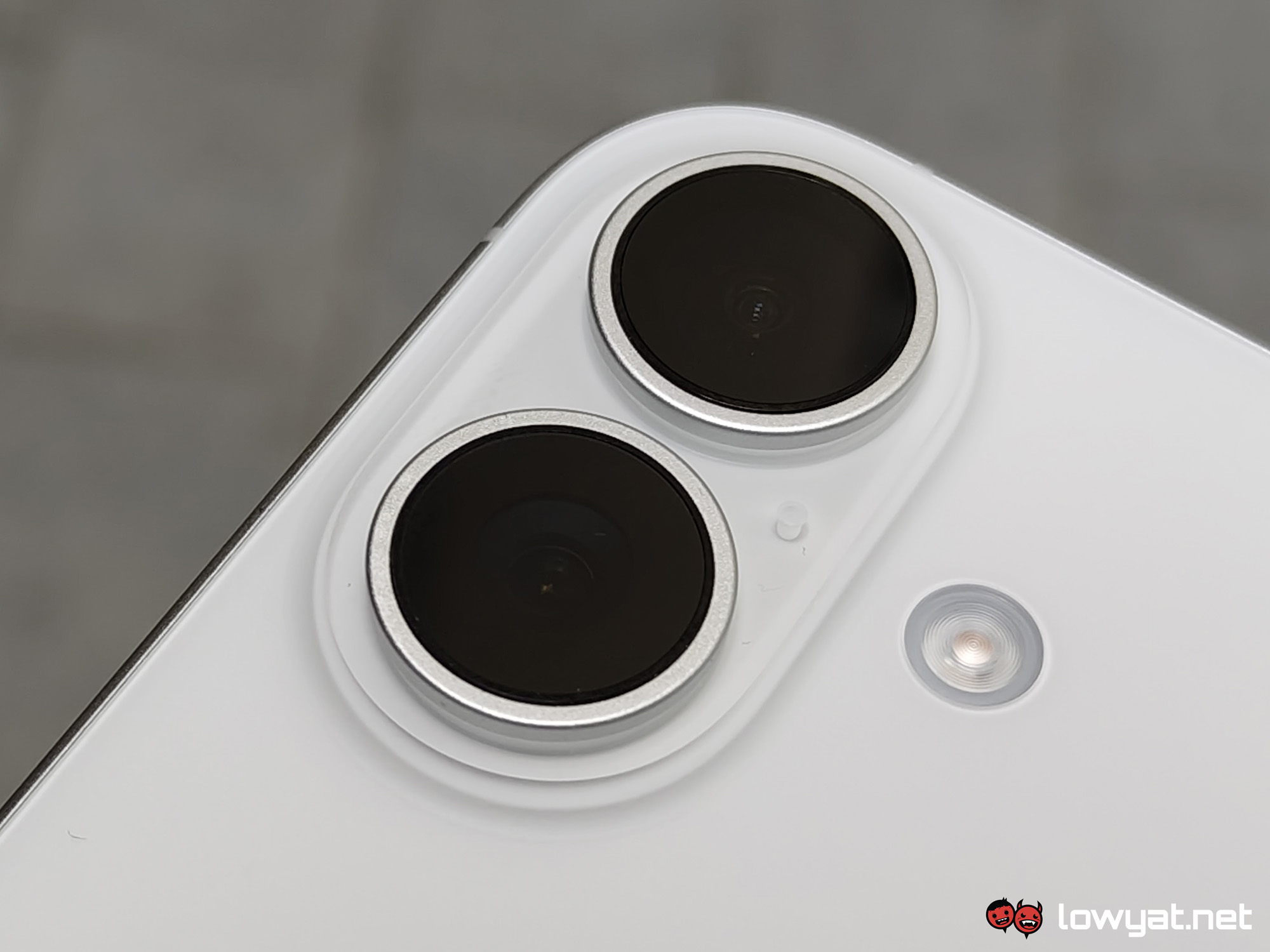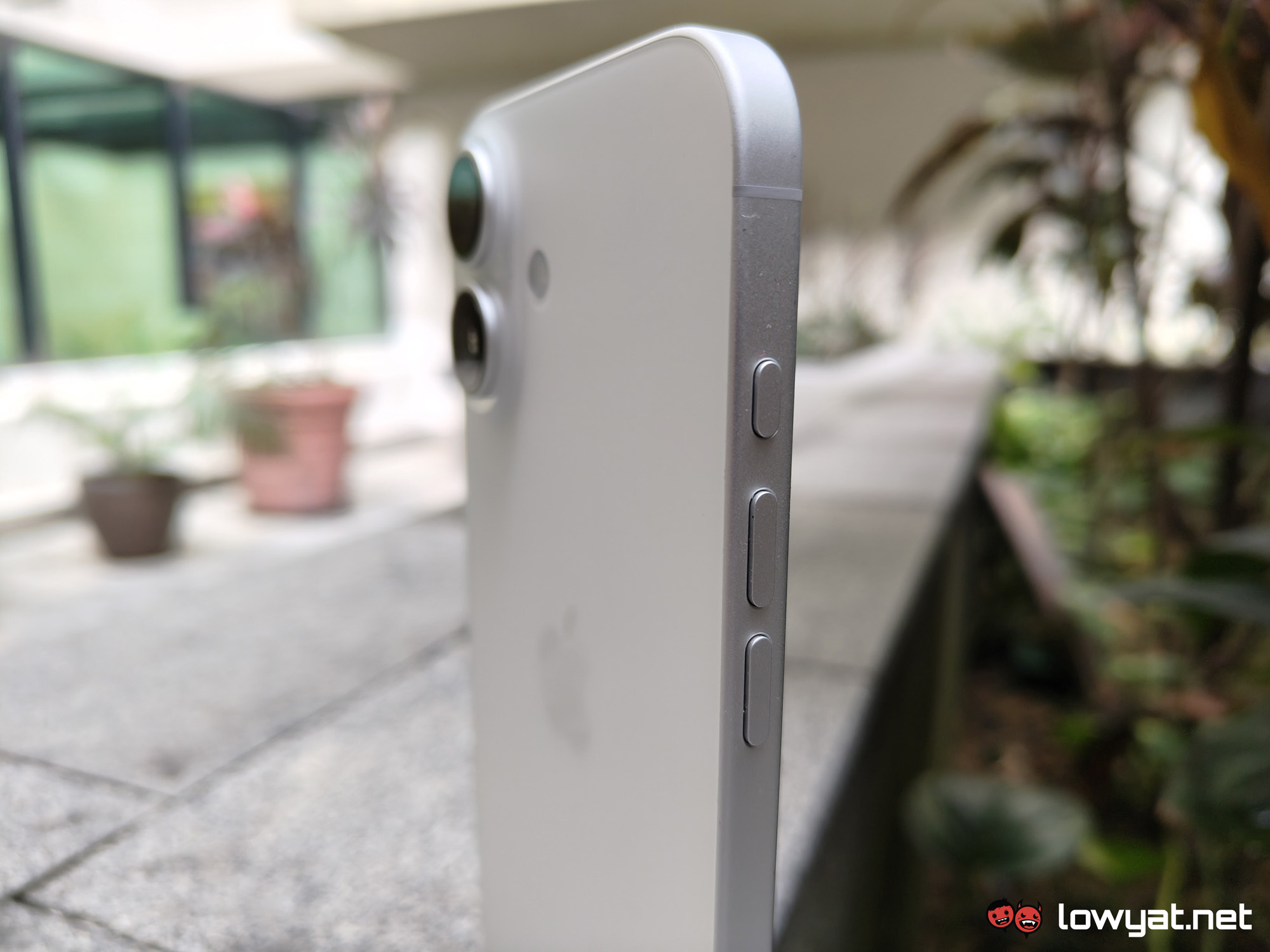It’s September, so of course, I got my hands on the new iPhone 16. Similar to last year’s vanilla model, the new iPhone gets some hand-me-down features from the previous Pro series, but this time around, Apple added an extra button for the entire lineup and even gave the base series a brand new chip.
Design-wise, there’s not much of a difference from its predecessor except for the camera arrangement, but there is one subtle change that I really like, which I’ll get into in a bit. It’s the exact same size as the iPhone 15, nominally lighter at 170g, which is just a gram in difference, and with slightly thinner bezels that you won’t necessarily notice.
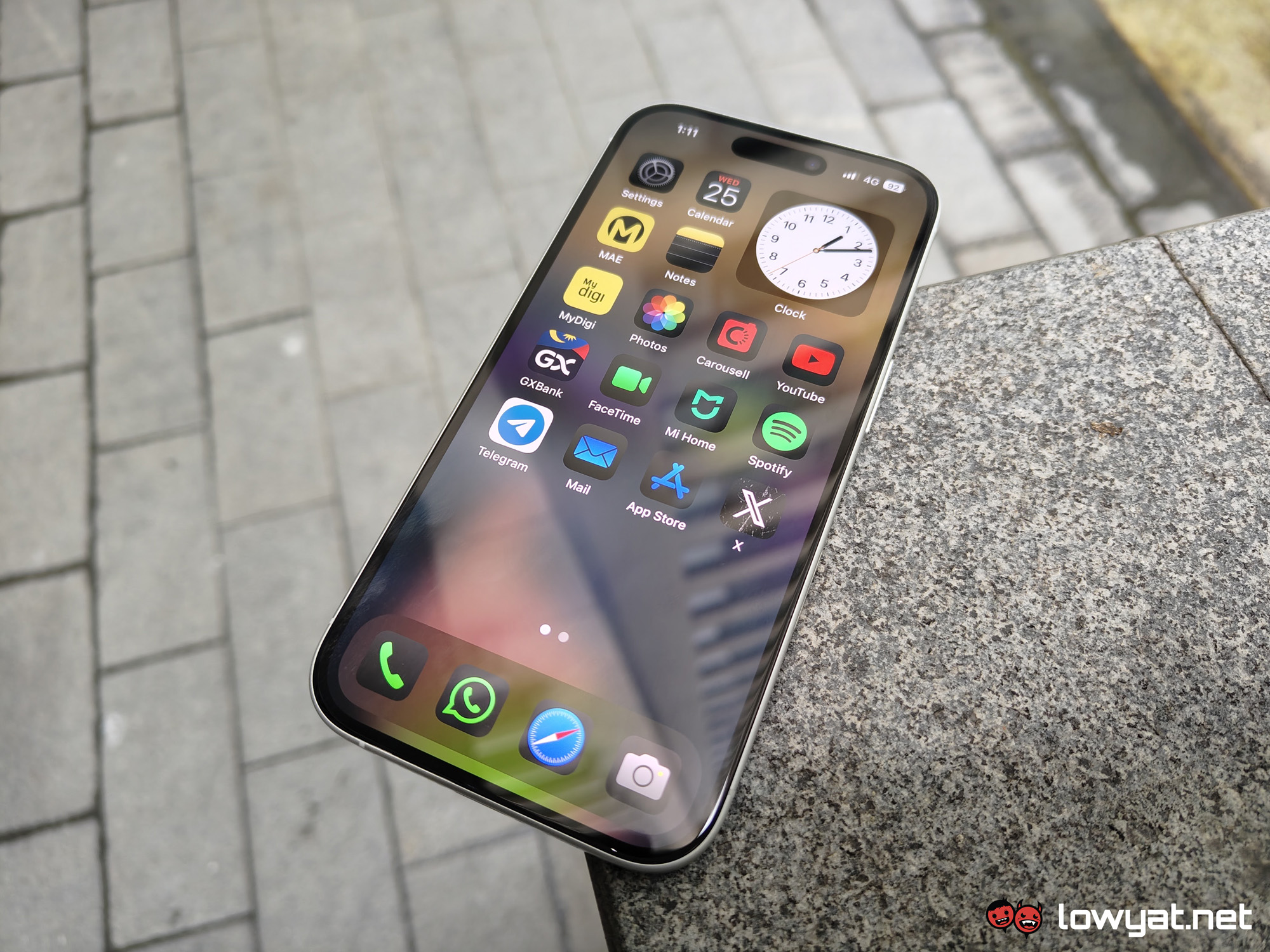 It sports a 6.1-inch “Super Retina XDR” OLED display with a 2556×1179 resolution and, unfortunately, it retains the 60Hz refresh rate. Its brightness has not changed, peaking at a whopping 2,000 nits for outdoor use, but its minimum brightness has gone down from the 15’s 2 nits to a single nit, meaning that it can get especially dim for late-time browsing.
It sports a 6.1-inch “Super Retina XDR” OLED display with a 2556×1179 resolution and, unfortunately, it retains the 60Hz refresh rate. Its brightness has not changed, peaking at a whopping 2,000 nits for outdoor use, but its minimum brightness has gone down from the 15’s 2 nits to a single nit, meaning that it can get especially dim for late-time browsing.
For protection, it comes with a Ceramic Shield on the screen and has an IP68 rating for dust and water resistance. As with the 15 series, the 16 series also comes with Apple’s divisive Dynamic Island feature.
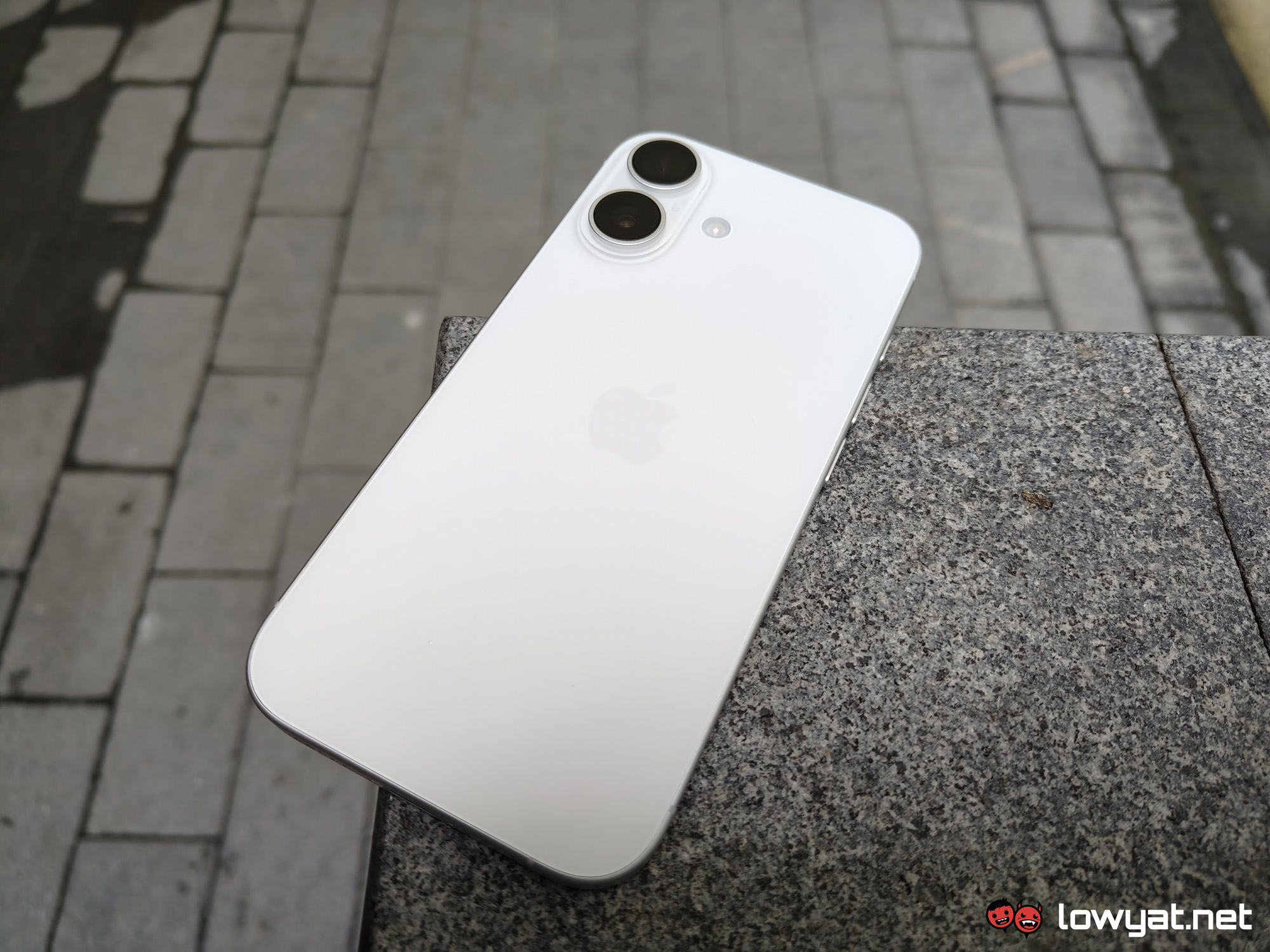 Last year’s iPhone featured a glass back that was kind of matte, but not really, which resulted in it being a bit of a fingerprint magnet. The iPhone 16, on the other hand, gets something closer to a frosted glass texture. This gives it a more comfortable feel in the hand, more grip, and, most important, a very high resistance to fingerprint smudges, which is important to people like me who likes to keep their phones naked.
Last year’s iPhone featured a glass back that was kind of matte, but not really, which resulted in it being a bit of a fingerprint magnet. The iPhone 16, on the other hand, gets something closer to a frosted glass texture. This gives it a more comfortable feel in the hand, more grip, and, most important, a very high resistance to fingerprint smudges, which is important to people like me who likes to keep their phones naked.
The sides of the new flagship are flat but with curved edges, making it both comfortable to hold in the hand and have the ability to stand on its own on a flat surface. As for the two cameras on the back, they are now arranged vertically and surrounded by a smaller, pill-shaped bump.
Last but not least, the main attraction of the iPhone 16 is the action button that was introduced last year, along with the new Camera Control. I personally loved the slider from the previous generations, so the action button might need to get some getting used to, but admittedly, the customisability does offer a lot of benefits that I will be diving into.
The Camera Control is both a physical button that you can press for a point-and-shoot experience as well as a capacitive slider that you can use to adjust the camera. Moreover, the touch-sensitive sensor also lets you do a half-press to lock focus, just like how you would with a regular camera shutter button.
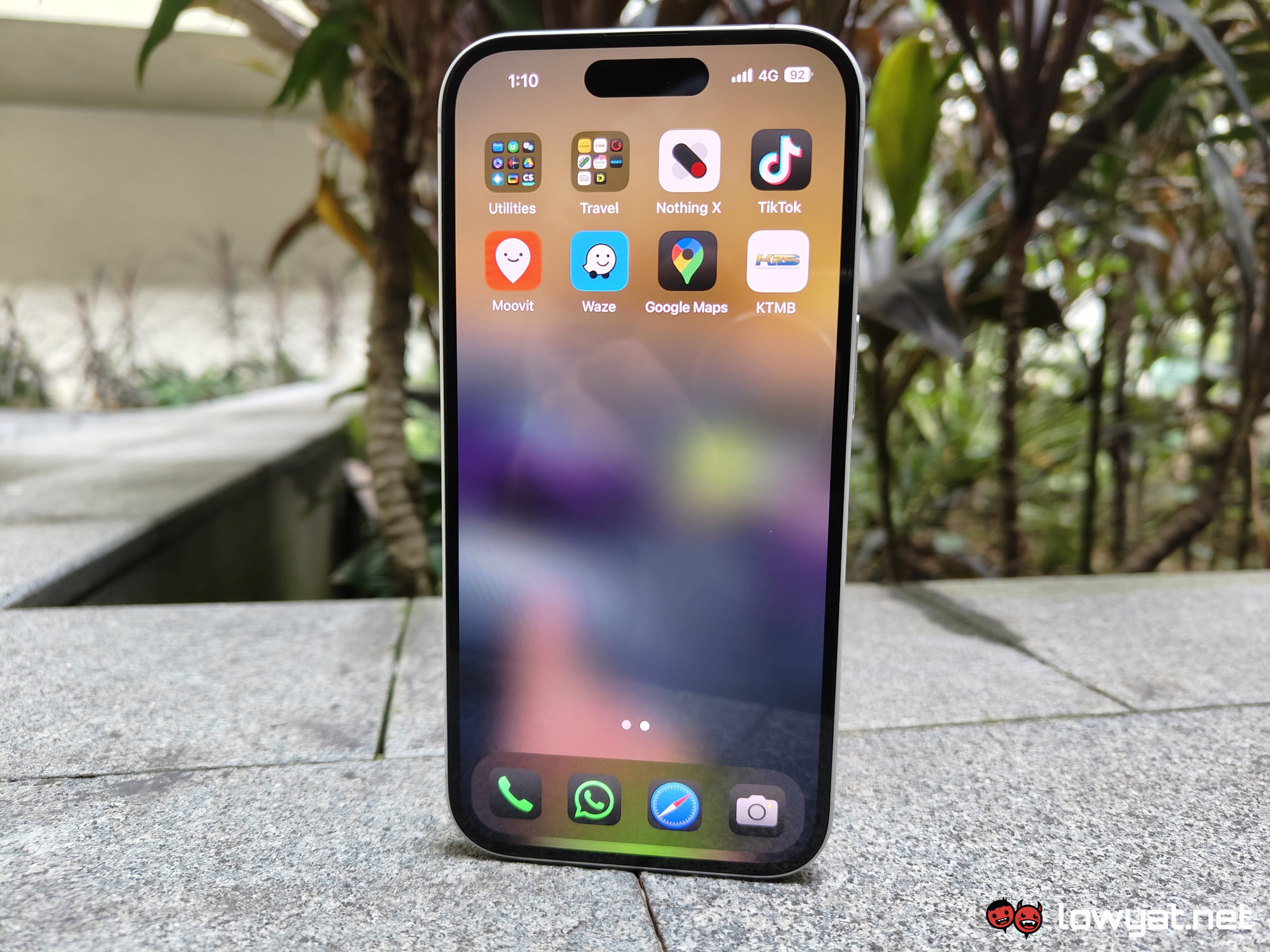 I’m curious to see how useful this new button is and whether it’s mostly just a gimmick. In any case, I’ll be working on an in-depth review of the iPhone 16, which we’ll be putting out soon, so look out for that.
I’m curious to see how useful this new button is and whether it’s mostly just a gimmick. In any case, I’ll be working on an in-depth review of the iPhone 16, which we’ll be putting out soon, so look out for that.

